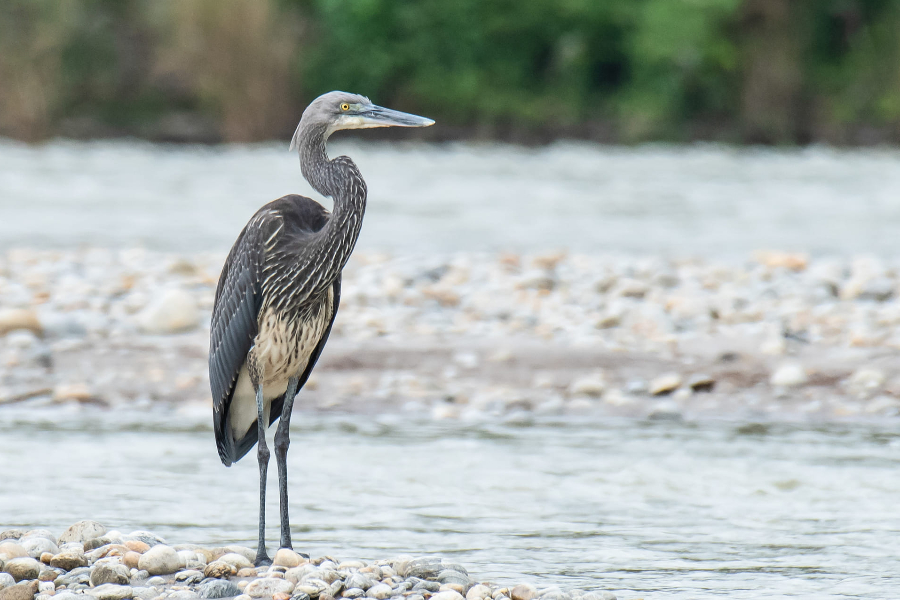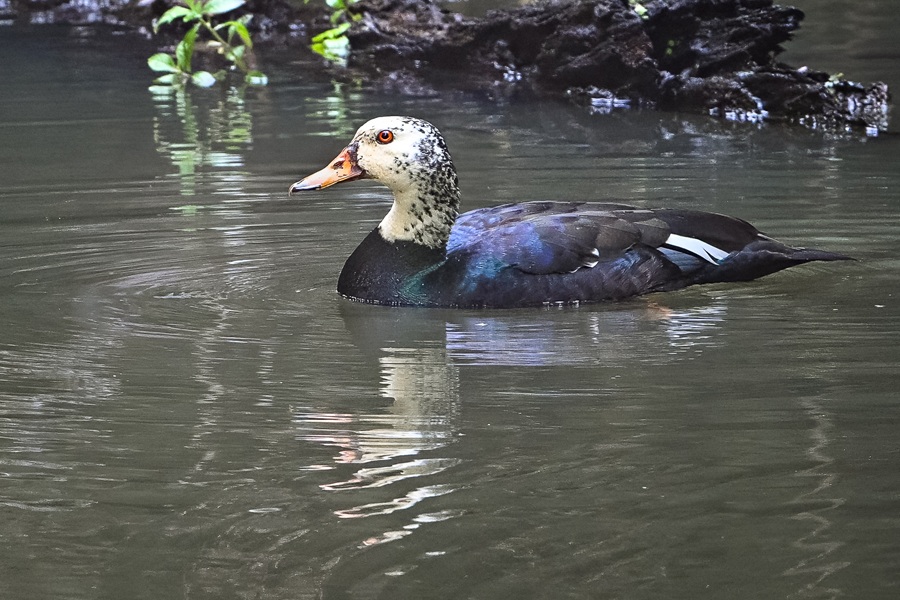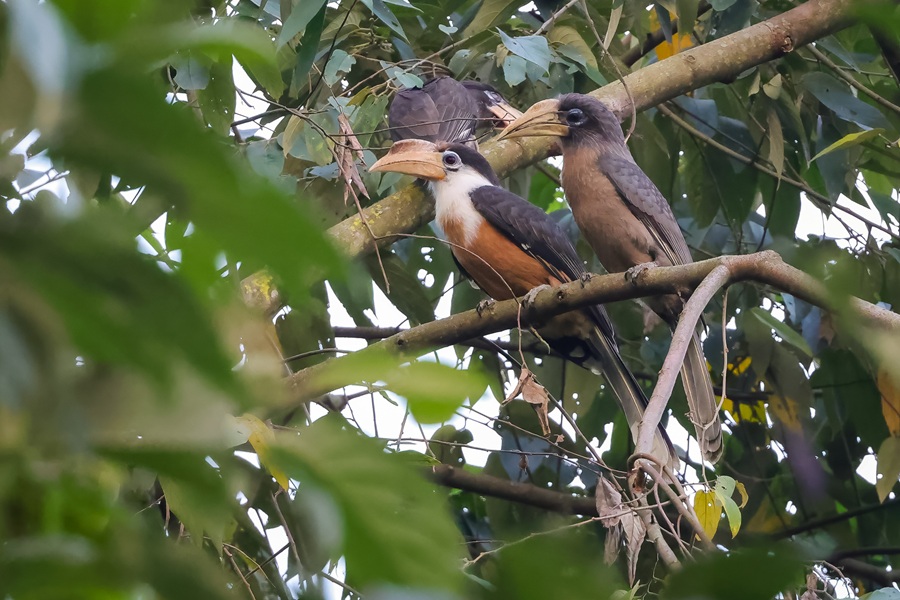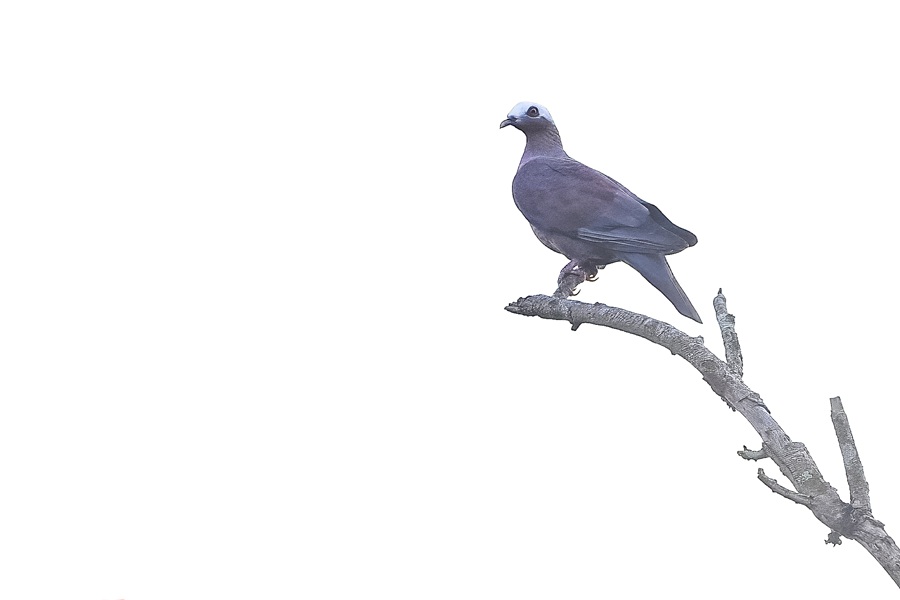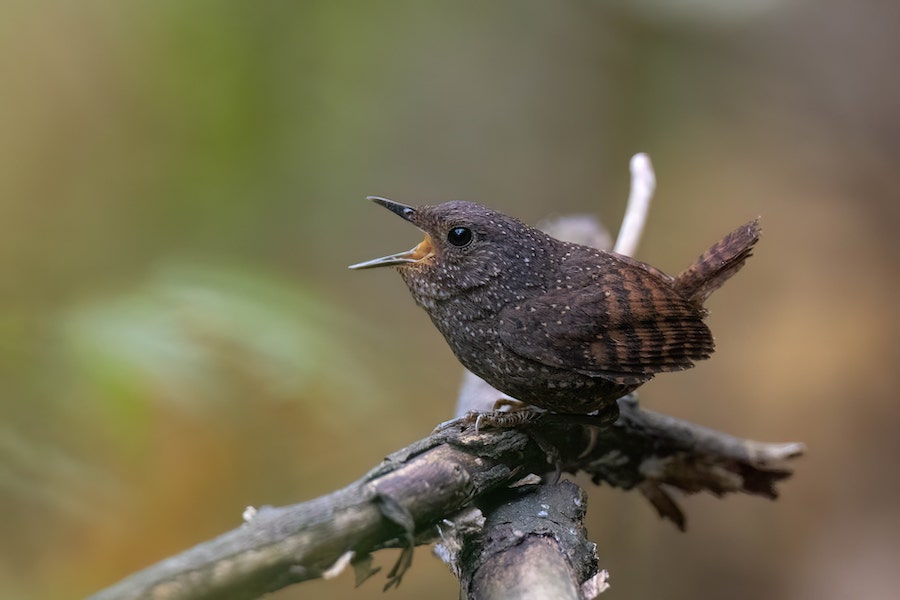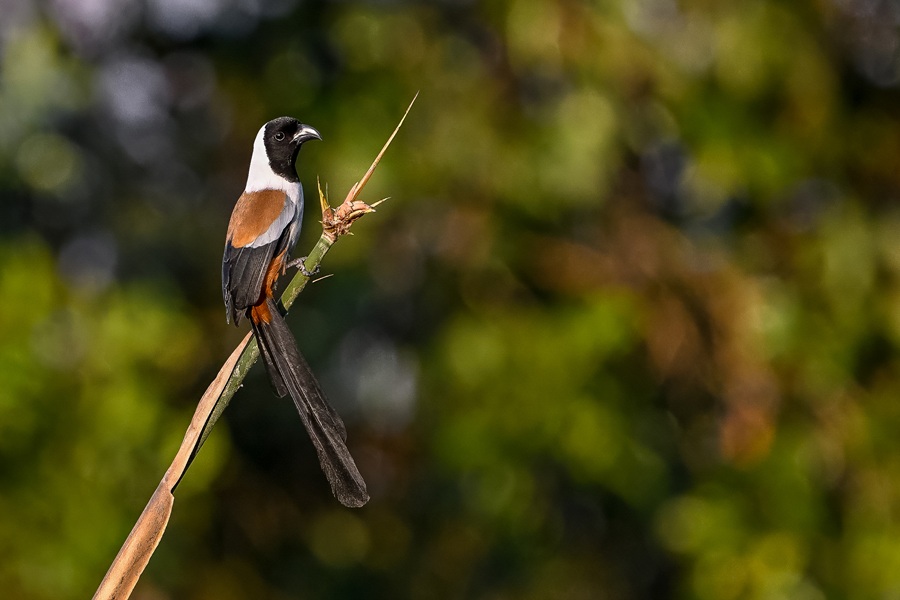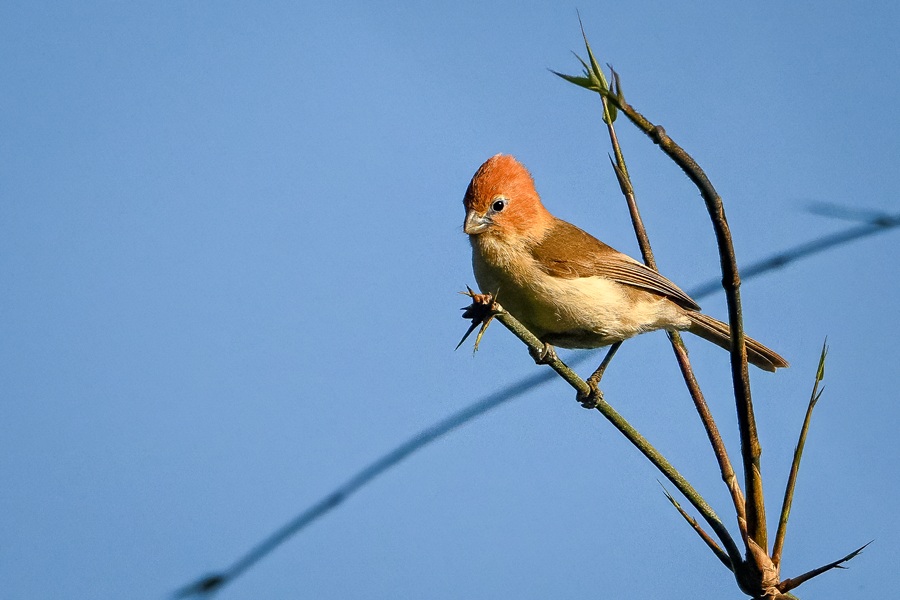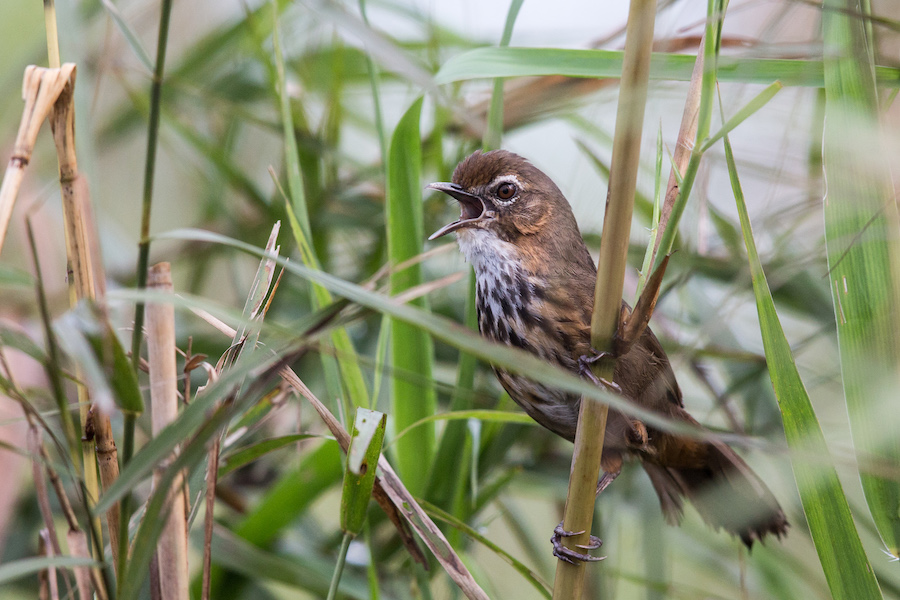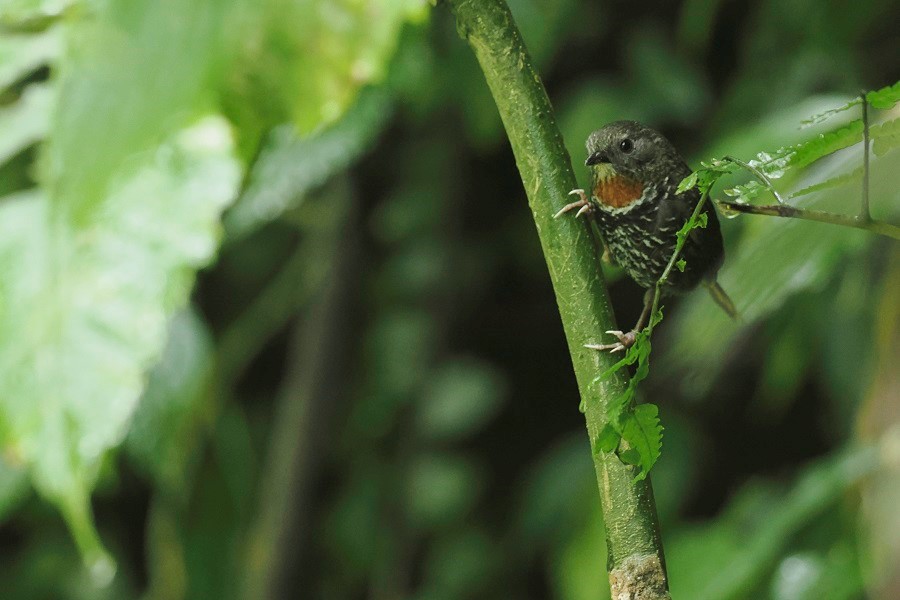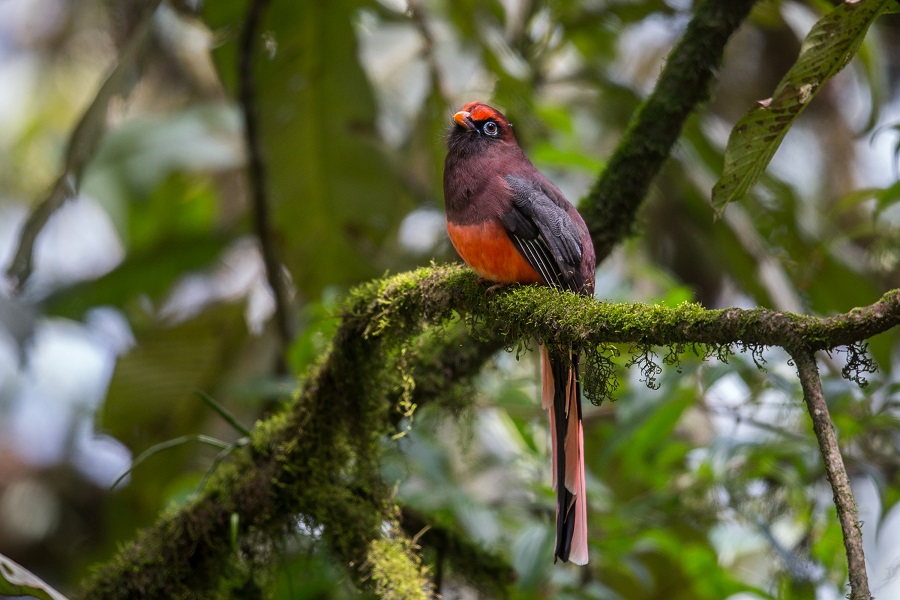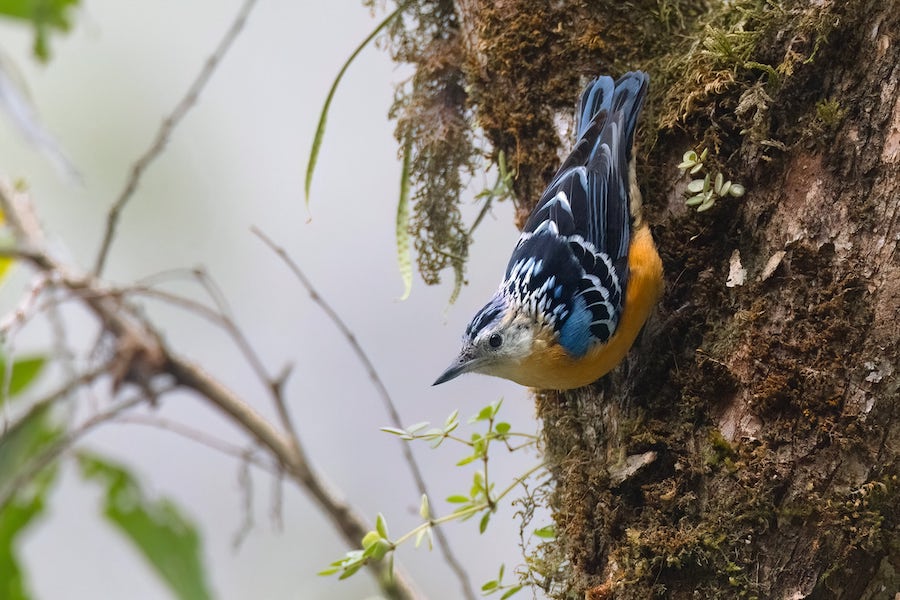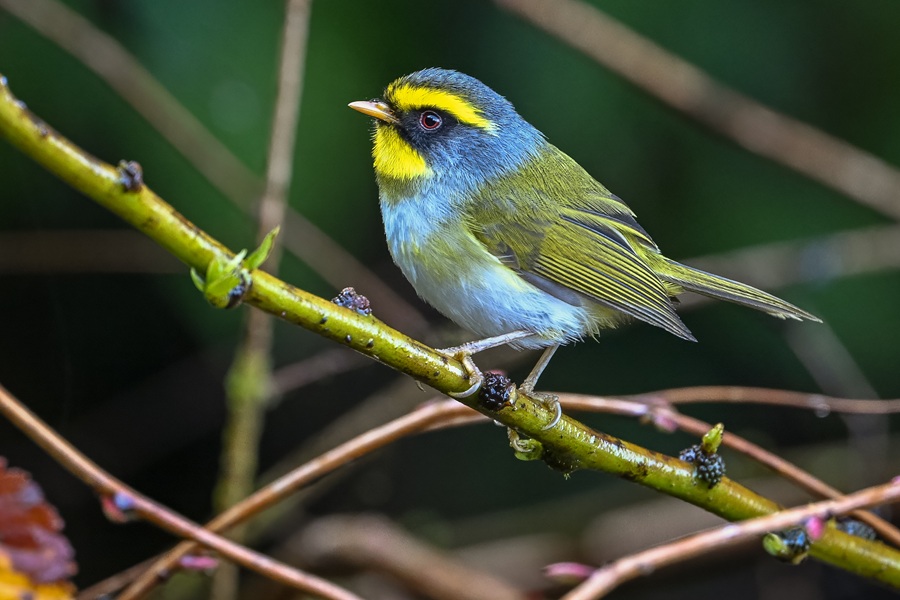India: North-East Winter Specialties
Target some of the most seldom-seen birds in the Himalaya, including Sclater's Monal, White-bellied Heron, Snowy-throated Babbler, Yellow-throated Laughingthrush, and Rufous-vented Laughingthrush. Additional major targets include White-winged Duck, Pale-capped Pigeon, Blyth's Kingfisher, plus Mishmi specialties like Beautiful Nuthatch, Cachar Wedge-billed Babbler, and many more. We will also be visiting Nagaland where Dark-rumped Swift, Naga Wren-babbler, and Yellow-throated Laughingthrush can all be found. The temperature is mostly lovely at this time of year in the lowland areas, but our few mornings around Mishmi Pass will certainly be chilly!
Next Dates
9 November - 25 November 2027 (17 days)
Leaders:
Daniel López-Velasco
Group Size Limit:
7
Single Room Supplement: $
300 USD
Deposit: $
750 USD
Price: $
TBD
Add a Title
Leaders:
Daniel López-Velasco
Group Size Limit:
Add a Title
Single Room Supplement: $
TBD
Deposit: $
TBD
Price: $
TBD
Add a Title
Accommodation:
Four nights in the basic national park guesthous in Namdapha without hot water. Moderately basic hotels in Roing and Tinsukia, where hot water is not always available. Comfortable accommodation for the remainder.
Walking difficulty:
Mostly easy roadside and trail birding.
Tour cost includes:
All accommodation, main meals, drinking water, internal flights (as stated in itinerary), overland transport, tips to local drivers and guides, travel permits, entrance fees, and guide fees.
Tour cost excludes:
Flights before and after the tour start/end, visa, travel insurance, tips to tour leaders, laundry, drinks, and other items of a personal nature.
Day 1: The tour starts this afternoon with arrivals into Dimapur Airport (DMU) in Nagaland. There are multiple daily flights from New Delhi or Kolkata, we will advise the best arrival options closer to the date. After meeting our local team, we will drive to Jessami for overnight.
Day 2: Full day targeting the rare Yellow-throated Laughingthrush, a poorly-known and partially migratory species which is easiest to see at this time of year around Jessami. We may also come across the retiring Moustached Laughingthrush, Rufous-necked Laughingthrush, and Spot-breasted Scimitar-Babbler.
Day 3: Morning birding around Jessami, then transfer to Khonoma in Nagaland, where we should arrive in time for some afternoon exploration. We will be keeping an eye out for the poorly-known Dark-rumped Swift, which is regularly seen here at this time of year.
Day 4-5: Amongst many birds found in the area, our primary targets will be Naga Wren-Babbler, Grey Sibia, Spot-breasted Scimitar Babbler, Assam Laughingthrush, Brown-capped Laughingthrush, and hopefully the retiring Spot-breasted Laughingthrush.
Day 6: Final morning birding in the area before a long drive to Tinsukia.
Day 7-8: We will have two full days to explore the preserved lowland forest in the Digboi Oilfields and adjacent Dehing Patkai National Park, which offer excellent birding at this time of year. There are several special species best seen in this area, from near-endemics like Collared Treepie and the rare Chestnut-backed Laughingthrush, to the threatened White-winged Duck, Pale-capped Pigeon, and Austen’s Brown Hornbill. We have an excellent chance to find all of these, along with the likes of the newly-split Grey-lored Broadbill, Red-headed Trogon, Pale-chinned Flycatcher, Sultan Tit, and Yellow-vented Warbler. We will specifically target White-cheeked Partridge, and several quite tame Grey Peacock-Pheasant have recently become staked out. Nights in Tinsukia.
Day 9: Spending the morning along the banks of the mighty Brahmaputra River, we can expect to find Swamp Grass Babbler, Jerdon's Babbler, Chinese Rubythroat, Spotted Bush Warbler, and perhaps West Himalayan Bush Warbler which has recently been found to winter in this area. Afterwards, we'll drive to Roing, our base for the coming few days. We can explore the nearby grasslands this afternoon for Black-breasted Parrotbill and Marsh Babbler. Night in Roing.
Day 10-11-12: The main reason to visit Mishmi in winter is to target the rarely-observed Sclater’s Monal, which can be seen regularly in the early mornings around the pass at this time of year, often at close range! We will have three dawn sessions to attempt a sighting. Unlike our week in the lowlands, it will be cold up at the pass, but well worthwhile! The monal is only likely in the early hours, so the rest of our time will be spent at lower elevations birding along the lovely forest-clad roadside. In particular, we will be searching for Mishmi Wren-Babbler and Cachar Wedge-billed Babbler, Manipur Fulvetta, Gould's Shortwing, and Beautiful Nuthatch, amongst many more widespread species of the Himalaya. Nights in Roing.
Day 13: Leaving early, we'll aim to arrive at Namdapha in the mid-morning so that we can spend most of the day already birding in the park. Night in Namdapha National Park.
Day 14-15-16: To be perfectly positioned for our White-bellied Heron search, we will either base ourselves at the main national park guesthouse or somewhere deeper in the park for a couple of nights. This Critically Endangered near-endemic is currently reliable here at this time of year. Despite being early winter, the temperature in these lowland areas is pleasant and makes for perfect birding weather! Side tributaries host the scarce Blyth’s Kingfisher, this being one of the only places in the world where birders can expect to see one. Nearby forest holds two tricky range-restricted species: Snowy-throated Babbler and Rufous-vented Laughingthrush. We will also search for Rufous-necked Hornbill, Pale-headed Woodpecker, Pale-billed Parrotbill, Rufous-headed Parrotbill, White-hooded Babbler, Beautiful Sibia, Spot-winged Starling, and Spotted Elachura. Spotlighting is currently banned, but if this changes we can try for Hodgson’s Frogmouth, Tawny Fish Owl, and Oriental Bay Owl at night. Nights in Namdapha National Park.
Day 17: After one final morning of birding, we will head to Dibrugarh where the tour ends with transfers to the airport for afternoon flights.
NOTE: We can arrange extra nights to target Lisu Wren-Babbler in the far east of Namdapha. After leaving the group on Day 17, this requires a transfer deeper into the park, then a tough and steep hike to arrive at camp around dusk. There is one morning for searching on Day 18 before hiking down in the afternoon, then driving to Dibrugarh on Day 19. Due to the extremely poor condition of the road, it is not likely that we can arrive in time for flights, so realistically flights back to Delhi would need to be Day 20.

